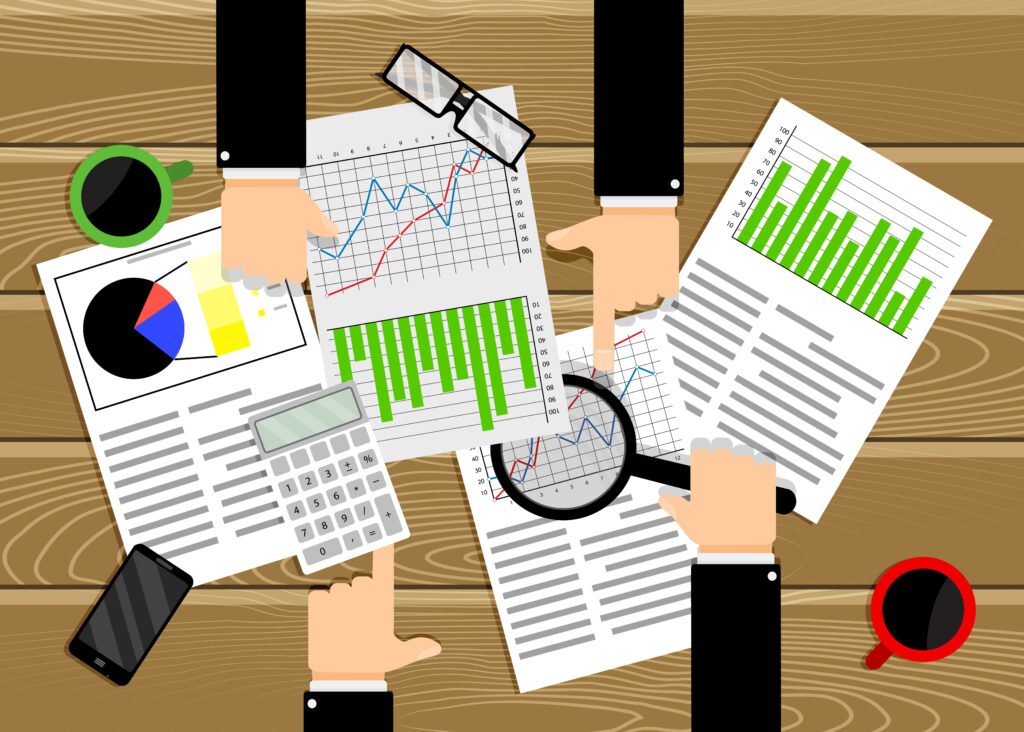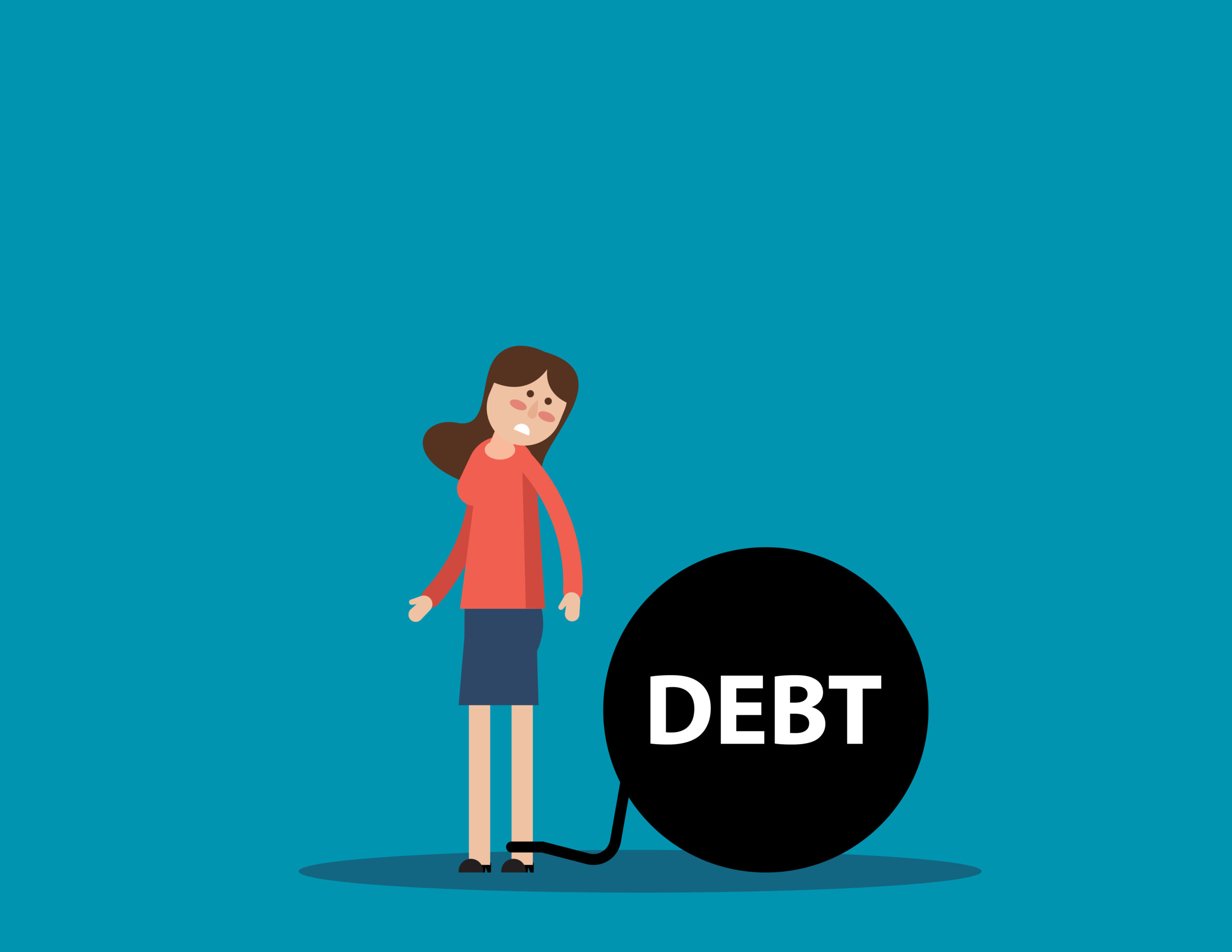Have you ever looked at a company’s financial report and felt lost?
Did you see words like “revenue,” “profit,” or “liabilities” and wonder what they mean?
You’re not alone.
Many people think financial statements are only for accountants or experts. But the truth is, anyone can learn to read them — even if you’ve never studied finance before.
If you want to invest in stocks, understand a business, or make better money decisions, learning how to read financial statements will help you a lot.
In this article, we’ll explain:
- What financial statements are
- What each part means
- How to find important information
- Real-life examples that make it easy to understand
Let’s start with the basics.
What Are Financial Statements?
Financial statements are reports that show how well (or badly) a company is doing financially.
They tell you things like:
- How much money the company made
- How much it spent
- How much it owes
- How much it owns
There are three main financial statements:
- Income Statement – Shows how much money a company made and spent.
- Balance Sheet – Shows what a company owns and what it owes.
- Cash Flow Statement – Shows how much cash went in and out of the company.
These reports are usually published every quarter or year.
Step 1: Understand the Income Statement
The income statement shows how much money a company made and spent over a certain time — like a month, quarter, or year.
It helps you answer questions like:
- Is the company making money?
- Is it spending too much?
- Is it growing?
Here’s what to look for:
1. Revenue (Money Made)
This is the total amount of money a company earned from selling products or services.
Think of it like your paycheck — but for a company.
2. Cost of Goods Sold (COGS)
This is how much it cost the company to make the product or provide the service.
For example, if a company sells shirts, COGS includes fabric, labor, and shipping costs.
3. Gross Profit
This is revenue minus COGS.
It tells you how much money the company makes from its core business before other expenses.
4. Operating Expenses
These are other costs like rent, salaries, advertising, and office supplies.
5. Net Profit (Bottom Line)
This is how much money the company actually made after all expenses.
If this number is positive, the company made money.
If it’s negative, the company lost money.
Example: Maria’s Lemonade Stand
Let’s say Maria runs a lemonade stand.
Here’s her income statement for one week:
| Item | Amount |
|---|---|
| Revenue (money she made) | $200 |
| Cost of ingredients | -$50 |
| Gross Profit | $150 |
| Rent for table | -$20 |
| Advertising | -$10 |
| Net Profit | $120 |
Maria made $200, spent $80, and kept $120 as profit.
That’s how simple an income statement can be.
Step 2: Understand the Balance Sheet
The balance sheet shows what a company owns and what it owes at a specific point in time.
It helps you answer questions like:
- Is the company strong or weak financially?
- Does it have enough money to pay its bills?
- Is it borrowing too much?
Here’s what to look for:
1. Assets (What the Company Owns)
These include:
- Cash
- Inventory (products ready to sell)
- Equipment
- Buildings
- Money owed by customers
2. Liabilities (What the Company Owes)
These include:
- Loans
- Money owed to suppliers
- Rent or taxes due
3. Equity (Owner’s Share)
Equity = Assets – Liabilities
This shows how much value the owners have in the company.
Example: Carlos’ Bike Repair Shop
Carlos has a small bike repair shop.
Here’s his balance sheet:
| Assets | Amount |
|---|---|
| Cash | $5,000 |
| Tools and equipment | $10,000 |
| Parts inventory | $3,000 |
| Total Assets | $18,000 |
| Liabilities | Amount |
|---|---|
| Loan from bank | $7,000 |
| Money owed to suppliers | $2,000 |
| Total Liabilities | $9,000 |
| Equity | Amount |
|---|---|
| Owner’s investment | $9,000 |
Carlos’ equity is $9,000 — which equals total assets ($18,000) minus liabilities ($9,000).
This shows he owns half of his business outright.
Step 3: Understand the Cash Flow Statement
The cash flow statement shows how much real cash came into and out of the business.
It helps you answer questions like:
- Is the company getting enough cash to keep running?
- Is it spending more than it earns?
- Is it borrowing too much?
There are three parts:
1. Operating Activities
Cash from daily business operations — like selling products or paying employees.
2. Investing Activities
Cash used to buy or sell long-term items — like machines or buildings.
3. Financing Activities
Cash from loans, investors, or paying back debt.
A healthy company should get most of its cash from operations — not just from borrowing or selling assets.
Example: Ana’s Bakery
Ana owns a small bakery.
Here’s her cash flow for last month:
| Source | Amount |
|---|---|
| From sales (Operating) | $10,000 |
| Buying new oven (Investing) | -$2,000 |
| Getting loan (Financing) | +$5,000 |
| Total Cash Change | +$13,000 |
Even though Ana spent $2,000 on a new oven and got a $5,000 loan, her business brought in $10,000 from sales.
That’s a good sign.
Step 4: Use Ratios to Understand the Numbers Better
Ratios help you compare numbers in a way that makes sense.
Here are some common ones:
1. Profit Margin
How much of each dollar is actual profit?
Profit Margin = Net Profit ÷ Revenue
If a company makes $100 and spends $80, its profit margin is 20%.
2. Debt-to-Equity Ratio
How much does the company owe compared to what it owns?
Debt-to-Equity = Total Liabilities ÷ Equity
A high ratio may mean the company is taking too many risks.
3. Current Ratio
Can the company pay its short-term bills?
Current Ratio = Current Assets ÷ Current Liabilities
A ratio above 1 means yes.
Example: Using Ratios
Let’s go back to Carlos’ bike shop.
He had:
- Net Profit = $5,000
- Revenue = $20,000
- Liabilities = $9,000
- Equity = $9,000
- Current Assets = $8,000
- Current Liabilities = $4,000
His ratios:
- Profit Margin = $5,000 ÷ $20,000 = 25%
- Debt-to-Equity = $9,000 ÷ $9,000 = 1
- Current Ratio = $8,000 ÷ $4,000 = 2
These numbers show Carlos is doing okay — making decent profit, balanced debt, and able to pay short-term bills.
Step 5: Look for Trends Over Time
One set of numbers doesn’t tell the full story.
Look at financial statements from past years to see if the company is improving or getting worse.
Ask questions like:
- Is revenue going up or down?
- Is the company spending more?
- Is profit increasing?
- Are debts growing faster than earnings?
This helps you see patterns and avoid being fooled by one good or bad year.
Step 6: Watch Out for Red Flags
Some signs might warn you a company is in trouble.
Here are red flags to watch for:
🔴 Declining revenue over several years
🔴 Increasing debt
🔴 Negative net profit for a long time
🔴 High expenses compared to industry standards
🔴 Not enough cash to pay bills (low current ratio)
If you see these signs, it could mean the company is risky to invest in.
Step 7: Use Free Resources to Practice
You don’t need to be an expert to start reading financial statements.
Here are tools and resources to help:
- Yahoo Finance – Free access to company financials
- Morningstar – Detailed reports and charts
- Google Finance – Easy-to-read data
- Khan Academy – Free lessons on financial statements
- Company Investor Relations Pages – Most companies publish their own reports
Start with companies you know — like Apple, Amazon, or Coca-Cola — and try reading their financial reports.
You’ll get better with practice.
Final Thoughts: Reading Financial Statements Helps You Make Smarter Decisions
You don’t need a finance degree to understand financial statements.
You just need to know where to look and what to ask.
Use these key ideas:
- Know the three main financial statements: income statement, balance sheet, and cash flow.
- Understand what each part means using simple examples.
- Use ratios to compare numbers easily.
- Look for trends over time.
- Watch for red flags that warn of problems.
- Keep learning — knowledge gives you power.
Remember: the goal isn’t to become an accountant — it’s to make smarter money choices.
Call to Action: Start Practicing Today
Don’t wait until tomorrow.
Start practicing today.
Pick a company you like.
Go to Yahoo Finance or Google Finance.
Find its latest financial report.
Try to read the income statement and balance sheet.
Take notes. Ask questions. Keep going.
Every expert started somewhere — and so can you.
Additional Resources
Looking for more help? Try these beginner-friendly sites:
- Khan Academy – Intro to Financial Statements
- Yahoo Finance
- Google Finance
- Morningstar – Free Stock Reports
- U.S. Securities and Exchange Commission – Investor Education
Summary: Key Points to Remember
- Financial statements show how well a company is doing financially.
- The three main reports are:
- Income Statement – Shows money made and spent
- Balance Sheet – Shows what the company owns and owes
- Cash Flow Statement – Shows how much cash comes in and goes out
- Learn basic terms like revenue, profit, assets, liabilities, and equity.
- Use simple math to understand if a company is healthy or not.
- Look for trends over time — not just one year.
- Watch for red flags like declining profits or high debt.
- Use free online tools to practice reading real reports.
- Keep learning — knowledge helps you make better decisions.
You Got This
You don’t need to be rich or highly educated to understand financial statements.
You just need to care enough to learn.
Take a deep breath.
You’ve got this.
Your future is worth it.







Deixe um comentário